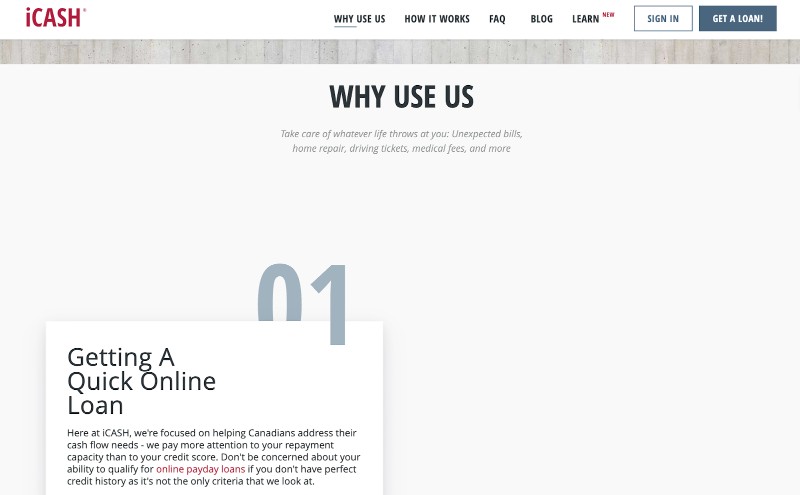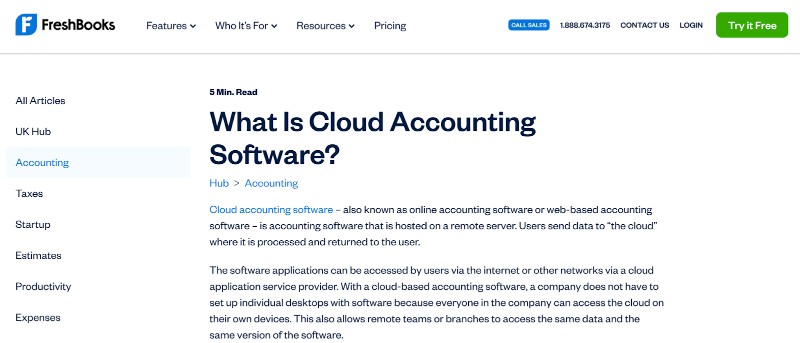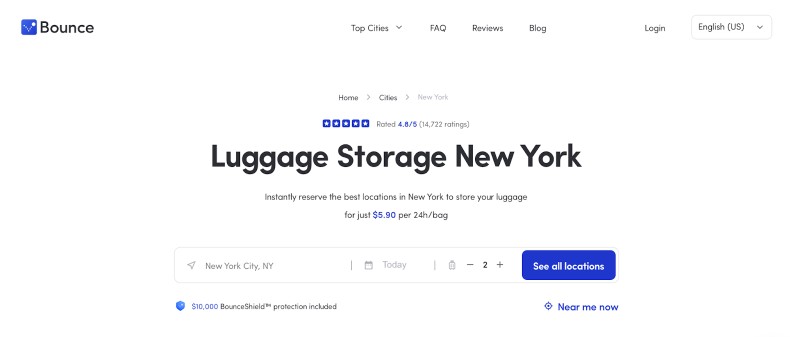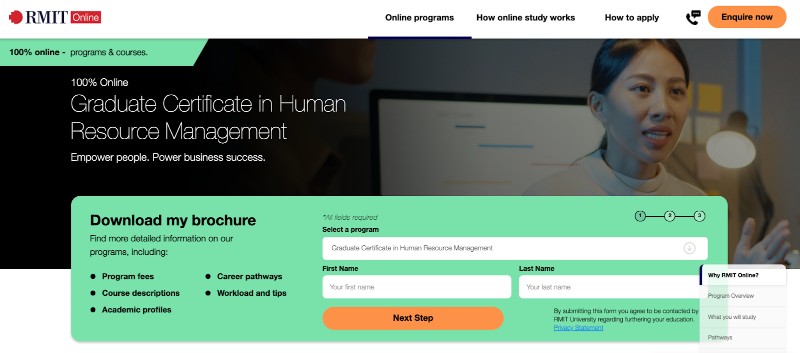As a business owner, you’ll want to ensure that you create the best possible experience for your customers. If they come up against a lot of stumbling blocks when trying to make a purchase with you, they’ll be much more likely to abandon the idea.
Creating a great customer experience can also help you build trust and loyalty with your customers. So, in this article, we’re going to outline how you can remove friction to provide a smooth and seamless customer experience that will secure more sales for you. Let’s get started.
Get to know your customers
The more you know about your customers, the better you’ll be able to serve them. When trying to get to know your customers better, you’ll want to find the answers to certain questions, such as:
- Who is your target audience, and what is their demographic information?
- What do your customers need?
- What problems do they need to solve?
- How did they find your business?
One way you can find the answers to these questions is by conducting a customer survey. Google Forms and SurveyMonkey are a couple of options that can help you get started. Create a survey that asks your customers questions like the ones we’ve listed above, perhaps in exchange for a small discount as an incentive.
Once you have the answers to these questions, you’ll be able to better serve and engage your audience.
This information will help you get started with creating your buyer personas. Buyer personas are fictional representations of your customers based on your own data and research. They outline what types of people are most likely to be drawn to your business and buy your products or services. When creating your personas, take the answers to the questions we’ve outlined into account. You can also consider factors like which other brands they like, where they shop online, or even what kinds of personality traits they might have.
Once you’ve created your buyer personas, you can then use this information to drive better quality traffic to your website. Understanding the behaviors and habits of your customers can help you make more informed decisions when it comes to your advertising, customer service, and the like. If you can center everything around your buyer personas, you can make the entire customer experience feel like it was tailored to each user. This will make it easier for your audience to relate to your business and make purchasing decisions, thus removing friction from the customer experience overall.
Focus on helping them to understand your products or services
Getting more traffic to your website is just the beginning. Next, you need to convince your website visitors to make a purchase. Sometimes, people simply won’t make a purchase if they don’t know enough about a product or service. This means that you need to focus on helping your customers understand exactly what you offer and what they will get from your business — this will help them decide whether your products or services are right for them!
Here are a few different ways that you can help your customers better understand your business:
- Provide comprehensive information on your product or service pages
- Write buying guides or comparison pieces that will help your customers make informed decisions
- Answer common customer questions about your products and services on your website
Let’s take a look at a few examples of businesses that do a good job of helping their target audiences better understand their businesses for inspiration.

For instance, iCASH, a financial services provider, helps website visitors understand their services on their “why use us” page. They outline eight different reasons why a prospective customer should choose iCASH for their loan services, including their speed of service, the lack of hidden charges, privacy, and more.
This is a great way for iCASH to help prospective customers determine whether or not these services are right for them. After they read through the list, they’ll be more likely to determine whether or not they want to use these services. This makes it easier for the reader to make a decision, thus removing friction from the customer experience. So, consider creating content and web pages that help prospective customers determine whether or not your services are right for them.

On the other hand, FreshBooks, an online accounting software company, has an article on cloud accounting software that helps prospective customers decide whether or not they need their services. The article outlines what cloud accounting software is, how it can help small business owners that do their own accounting, the tool’s safety features, and more. It’s very beneficial for prospective customers who have reservations about whether or not they want to use the services offered by FreshBooks. By thoroughly explaining the software on their blog, they can make their offerings clearer and make it easier for customers to make a decision, removing friction from the customer experience.
On your website, use your content to outline what your products and services are capable of doing, and who needs them. This will help prospective customers come closer to making a decision, providing a smoother customer experience.
Always make it as easy as possible to take the next step
If it isn’t clear how your customers can take the next step with your business, this could be enough for them to leave your website without making a purchase. This means that you need to make the buying process as simple as possible.
One way you can do this is by creating a sophisticated search tool that directs the website visitor to the products or services they need. You can also use simple and straightforward calls to action, or CTAs, to ensure that the website visitor gets the extra push to take the next step.
You also need to ensure that your contact options are clear and easy to find. That way if questions come up for the website visitor, they’ll be able to quickly get in touch, improving their overall experience.
Let’s take a look at a few examples of businesses that make it easy for their customers to take the next step for inspiration.

For instance, Bounce, a luggage storage company, makes it very easy for website visitors to take the next step on their web page for luggage storage in New York City. As you can see in the image above, they have a sophisticated search feature that helps website visitors find the locations they can use. Users can simply plug in their travel date and number of bags, and Bounce will provide them with the available locations. This makes it very easy for people to get started, so it’s a great way for Bounce to improve the customer experience!
On your website, you can use a similar tactic. Creating a search tool that directs the user to the product or service most relevant to their needs is a great way to remove friction from the customer experience and potentially get you more sales!

RMIT Online, a higher education institution based in Australia, also makes it easy for website visitors to take the next step. They offer a downloadable free brochure that provides more information about their programs. For example, on their page for their online Certificate in Human Resource Management program, a visitor can simply plug in their name, answer a few questions, and offer their contact information to find out more. Not only does this help prospective students get more detailed information about the program in question, but it gets them on the RMIT Online mailing list. Getting the user more information on both the website and a mailing list will help them make the best decision for their needs. This can help improve the customer experience and increase enrollment rates!
You can improve your customer experience by doing something similar. Help your prospective customers take the next step with your business by offering them an additional resource for free in exchange for their contact information. Not only will this get them on your mailing list and encourage them to engage with you further, but it will also help them learn more about your business, building trust.
Provide top-tier customer service at every opportunity
If customers are having problems or need questions answered, they’re likely to get in touch with your customer service team. So, your employees need to know how to provide top-notch customer service and solve their problems as quickly and efficiently as possible!
Be sure that your customer service team knows how to:
- Properly answer customer questions
- Guide the customer through any solutions
- Handle and solve complaints
- Provide prospective customers with any resources they might need
People will think of your online brand highly if you can provide them with great customer service. So, be sure to only focus on the customer service channels that your team can handle — you don’t want to spread them out too thin and overwhelm them, as this will lead to less happy and less productive employees. So, take note of which channels your customers seem to gravitate towards and focus on those!
One way you can provide customer service is through your social media direct messages. If you keep your messages open, this will give customers an easy and familiar way to get in touch with you. If they just have a quick question or concern, they can shoot you a message and wait for a response. This lets them get hold of you whenever they want to, rather than being beholden to your customer service hours. This is convenient and will help them get their questions answered sooner, thus removing friction from the customer experience.
But some questions or concerns may require more than a short message — this means that phone call customer service can be useful, as well. To ensure that customers wanting to get in touch this way are always able to get hold of you, you could consider setting up a 24/7 answering service. Ensuring that your customers can always get in touch with a real person is a great way to remove friction from the customer experience — that way, they don’t have to work around your schedule and can get their questions answered on their timetable.
If you can give your audience a good customer service experience, you can help them make a decision about your products, solve their problems, and build trust with them overall. This will help to create a smooth and helpful experience, removing friction from the buying journey. So, figure out which of these customer service channels will work best for you and your business, then go from there!
Make sure your website offers a positive user experience
The user experience of your website can truly make or break a sale. No one wants to come to a website that’s messy, hard to navigate, or that has missing information. In order to remove friction from your customers’ buying journeys, you need to ensure that your website provides the best user experience possible.
Here are a few different ways that you can create a positive user experience:
- Ensure your site has a fast loading speed (try to keep it under two seconds)
- Provide an intuitive and easy-to-use navigation
- Create a clear design that’s easy to understand
- Make sure your customer service options are easy to find
- Ensure your website is responsive
- Offer an easy checkout experience that doesn’t take too many steps
These tactics will all help you create a positive user experience that’s smooth and effortless. This will help you remove friction for your website visitors.
Summary
Providing a positive customer experience is key to having a successful business. In this article, we outlined how you can remove friction from your customer experience by improving your customer service, better understanding your audience, and more.
Take a look at your website and see what needs to be improved!
Author bio
Adam Steele is the COO at Loganix, an SEO fulfillment partner for agencies and marketers. We build easy-to-use SEO services that help businesses scale. If you liked this article, please check out our SEO guides and templates on the Loganix blog.
Partner content